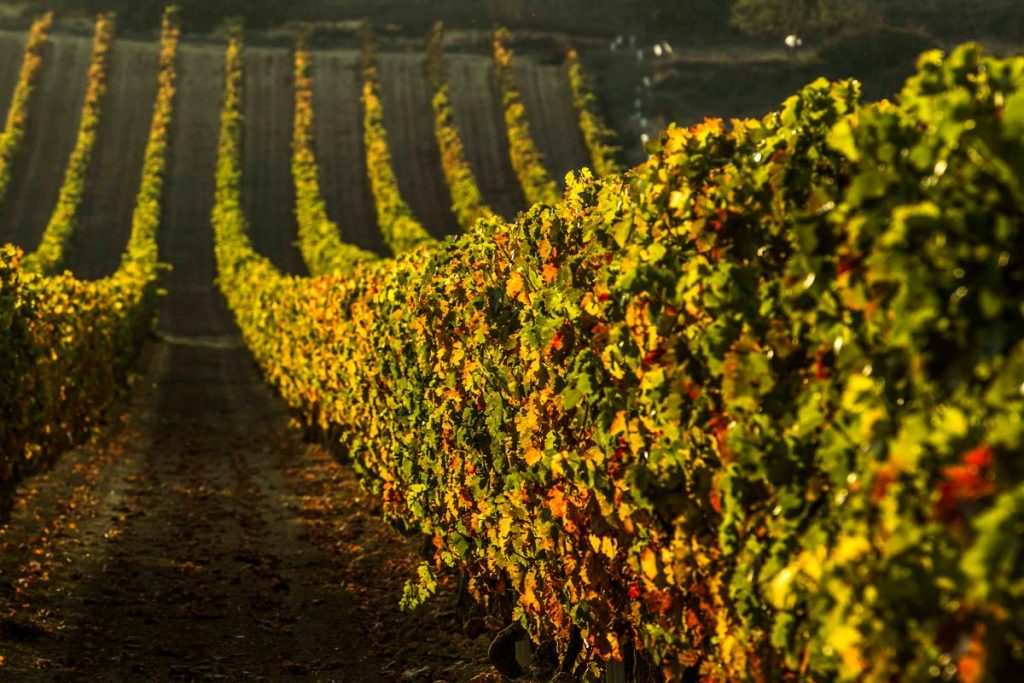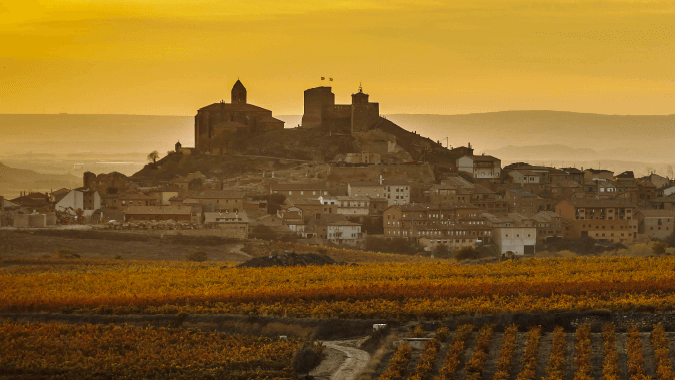“The revolution of Rioja whites is coming,” said Raquel Perez Cuevas, fourth generation owner and winemaker at Bodegas Ontañon in Rioja Oriental. That might seem like a bold statement to many Spanish wine lovers who adore the region for its aged red Tempranillos, but that was the word from a variety of Spanish winemakers who took part in a virtual tasting put on by Consejo Regulador DOCa Rioja (Rioja Regulatory Council) last week.
Rioja is known for its red wines for good reason, 86% of the wine produced in this storied Spanish region is red, and the majority of that is made with Tempranillo. Of the remainder, 5% is rosé and 9% is white. In recent years, however, rosé has soared in popularity across the world, forcing winemakers to start making their own versions just to stay relevant. Still, it’s actually the region’s most famous grape that’s causing the region to diversify.
Tempranillo Blanco, a naturally occurring mutation of Tempranillo that was discovered in 1988 and permitted for use in the DOCa in 2007 has taken the region by storm. Along with Viura, the region’s pioneering white grape, and Malvasia, white wines are beginning to be released by some of Rioja’s top wineries.
At the recent virtual tasting, Jesus Martínez Bujanda Mora, fifth generation owner of Bodegas Valdemar in Rioja Alavesa, shared Conde Valdemar Blanco 2020, made from 60% Viura blended with Tempranillo Blanco, Malvasia, and Sauvignon Blanc. The wine offers intense aromas of white flowers such as linden, acacia and almond, with hints of aromatic herbs and fruit aromas like pear and melon. On the palate it is soft, delicate and very fresh, with a nice acidity and a persistent finish.
Perez Cuevas was extremely enthusiastic about the future of white wine from Rioja, saying, “White wines have had a revolution. Viura is the pioneer, but Tempranillo Blanco and Malvasia have also played a part.” She presented Ontañon Vetiver Viura 2017, a 100% barrel-fermented white wine, which has seen some comparissons to white wines from Burgundy.
Perez Cuevas also presented a Ontañon Clarete 2020, a rosé made from Viura and Tempranillo. She went on to discuss the history of clarete–rosé made with white and red grapes–from Rioja. “Clarete has a long tradition in Rioja,” she explained. “Most rosé is 100 percent red grapes, but claret has more white grapes than red by percentage. They are made like red wines. Ours is Tempranillo and Viura, and it has more depth.”
Maria Urrutia, the fifth-generation owner of CVNE in Rioja Alta, introduced Cune Monopole 2020, made with 100% Viura, and Cune Rosado 2020, a rosé produced using only Tempranillo. She spoke about the long history of white wine being made in Rioja, and the wine she brought proved her point: “Monopole is the oldest white wine in Spain. It dates back to 1915. This is not something we just started doing.”
All of the presenters at the tasting seemed sure of one thing, Rioja’s white and rosé wines are on the rise, and we’re inclined to agree.



